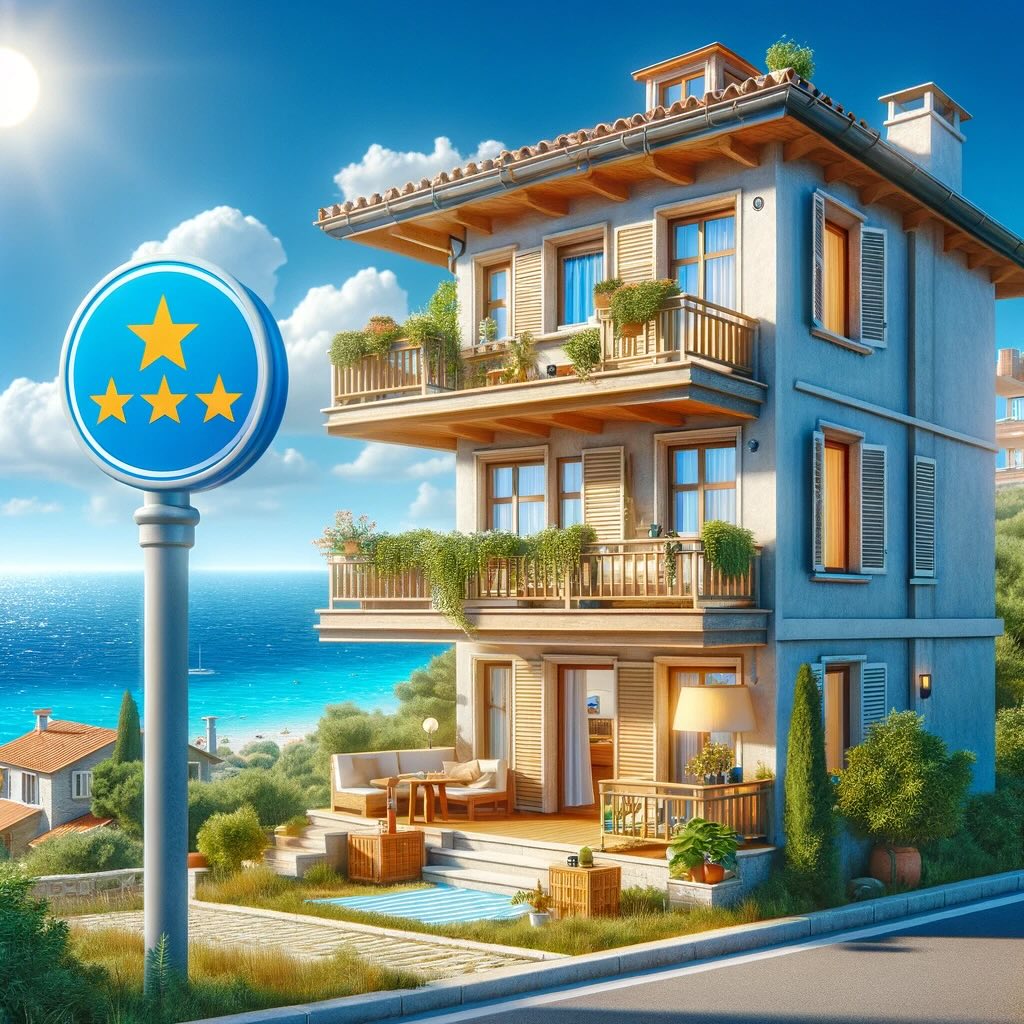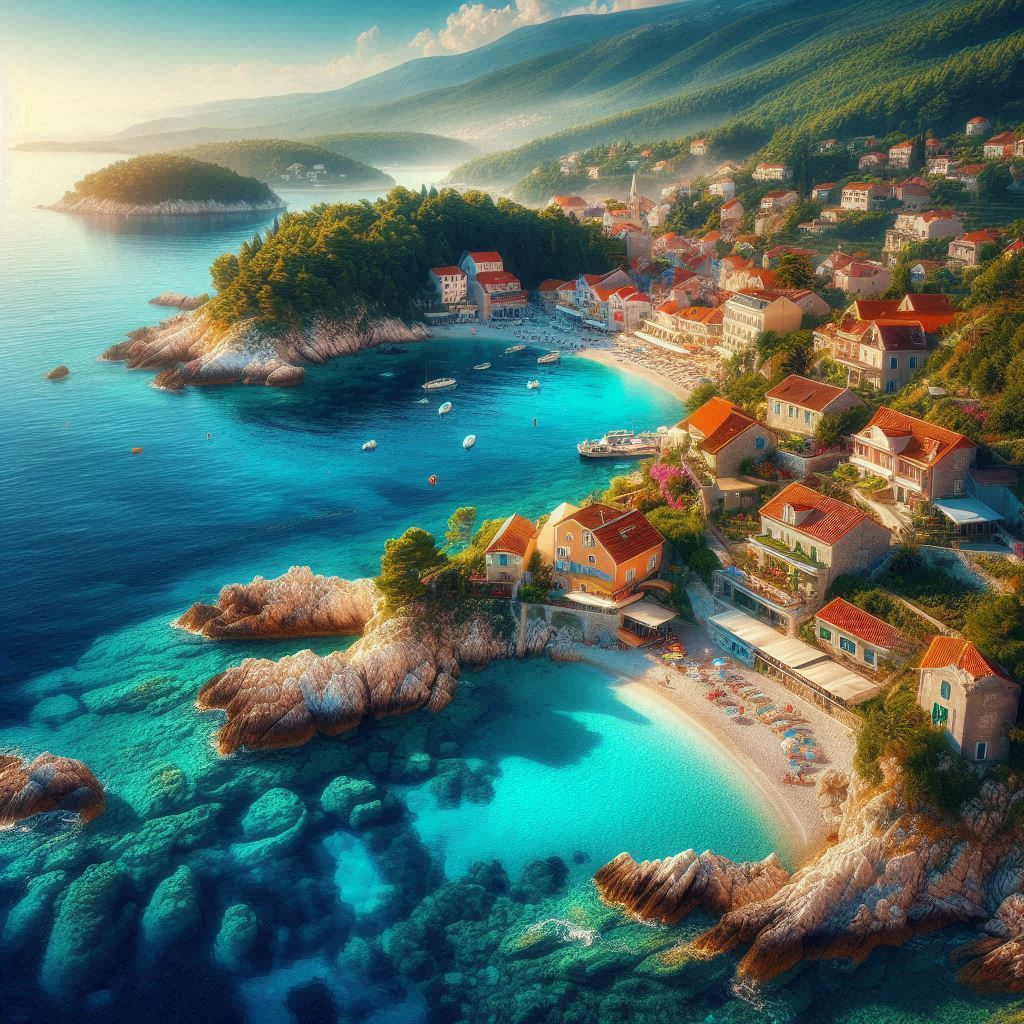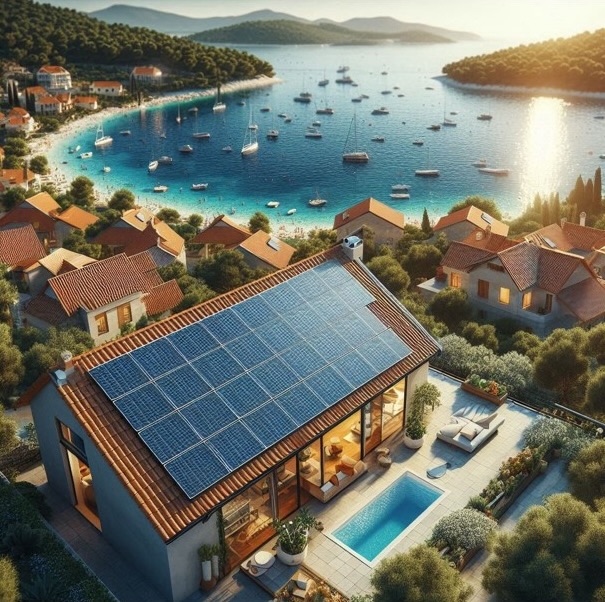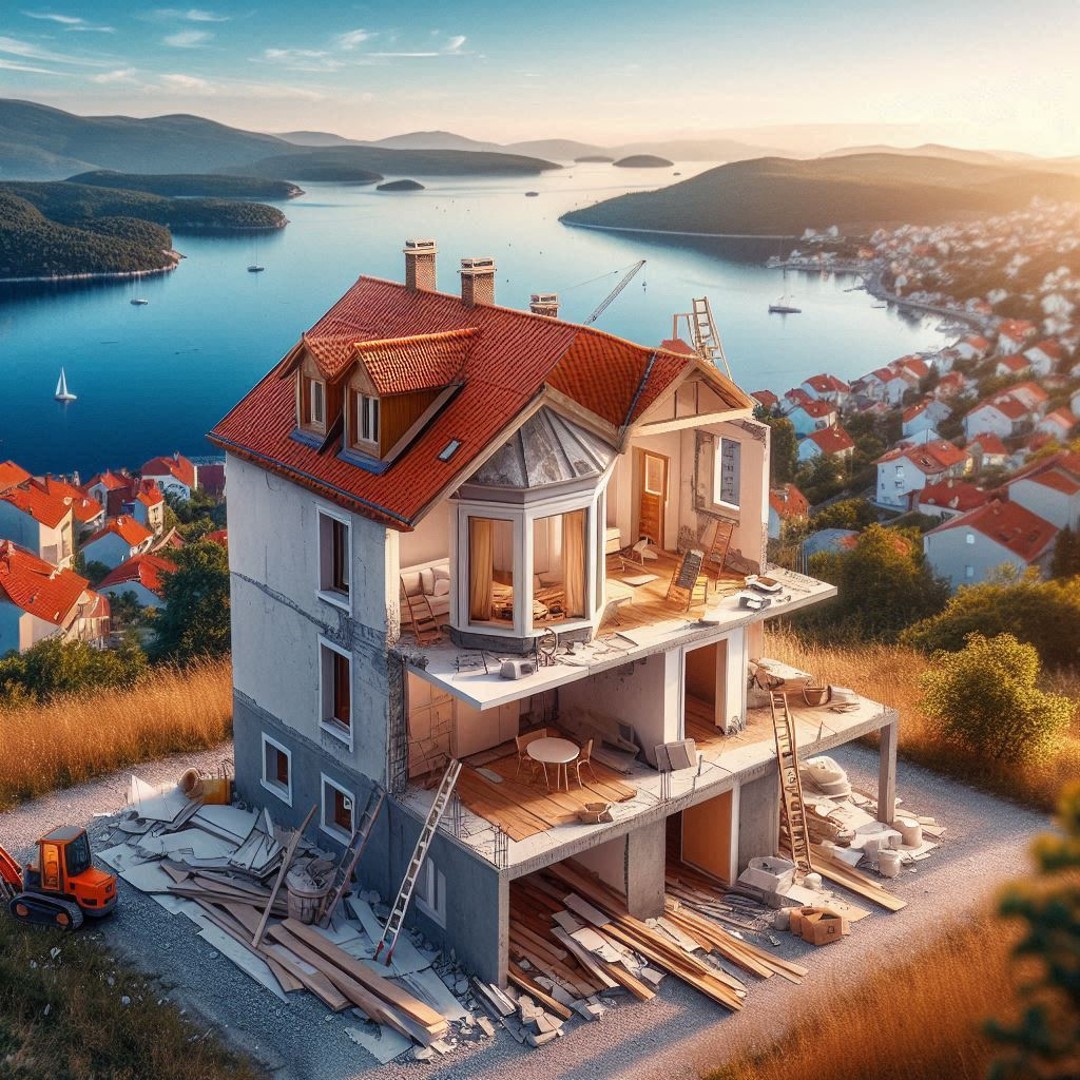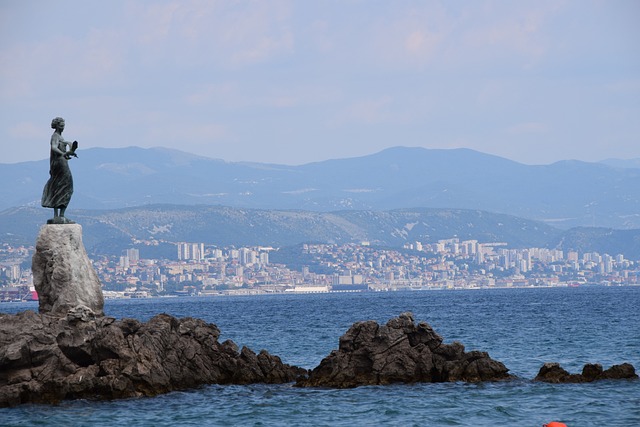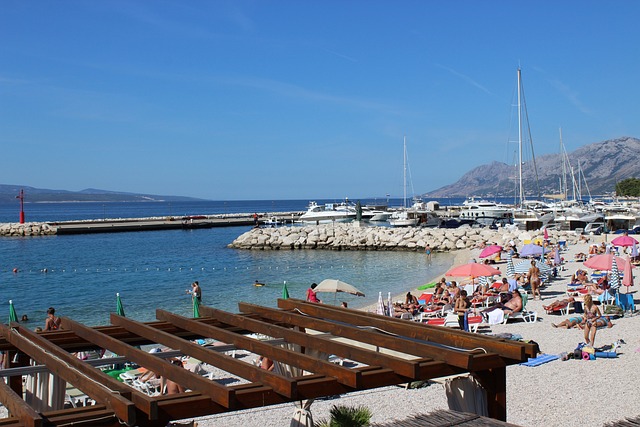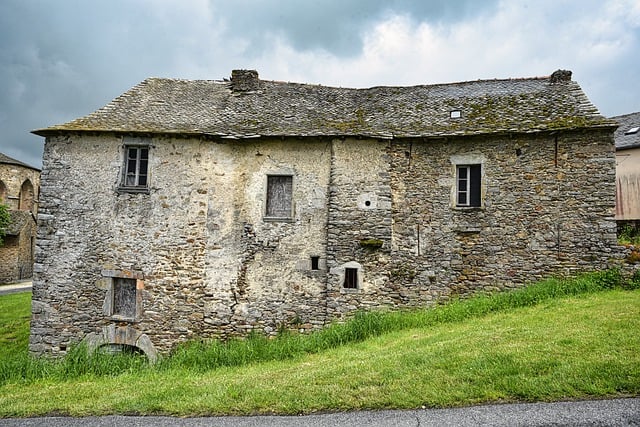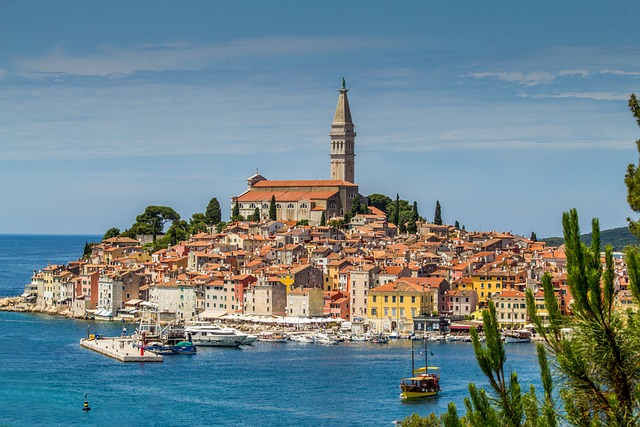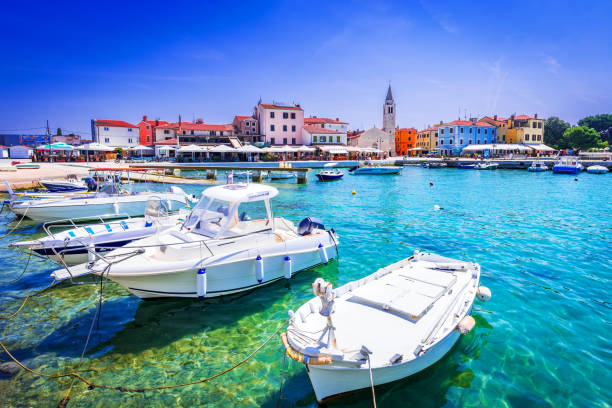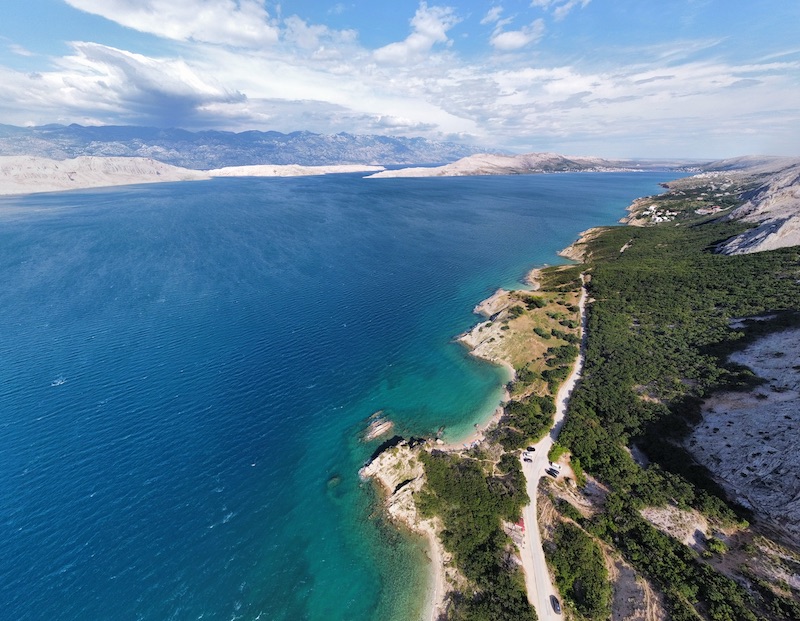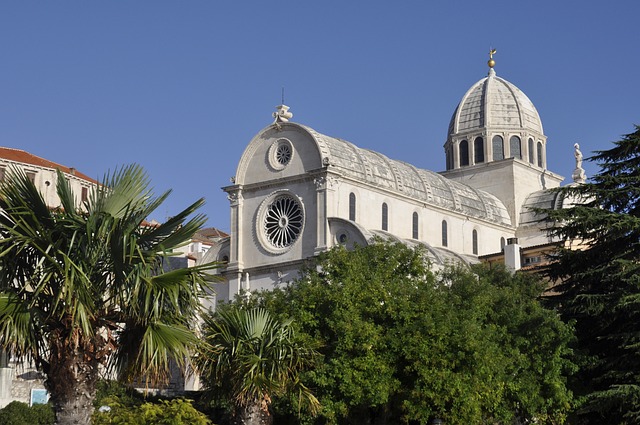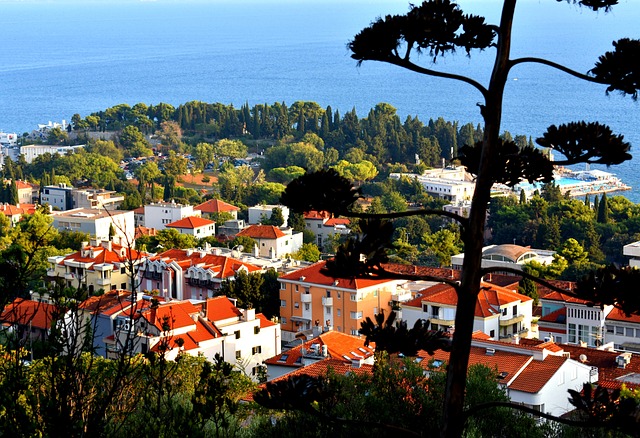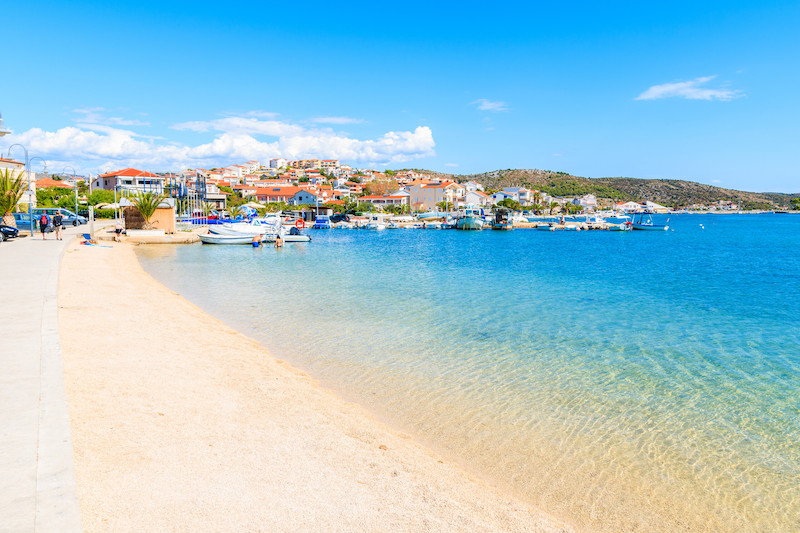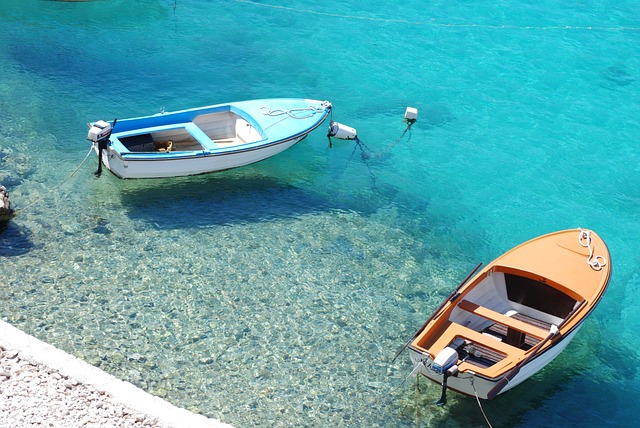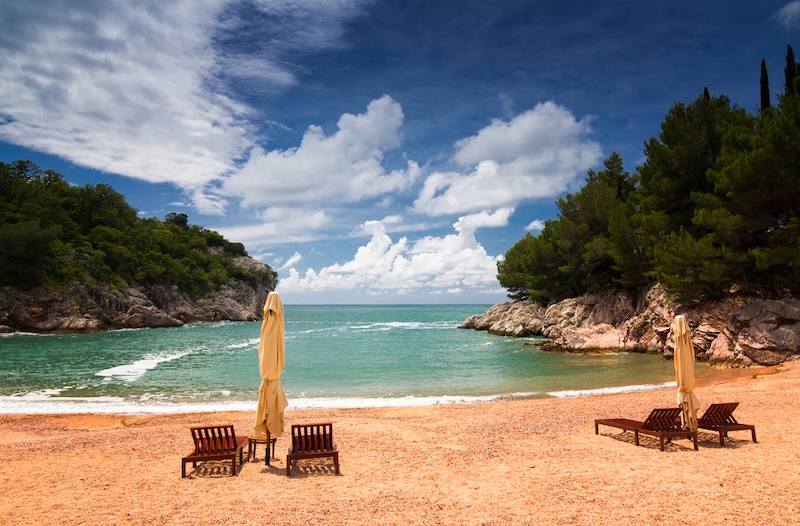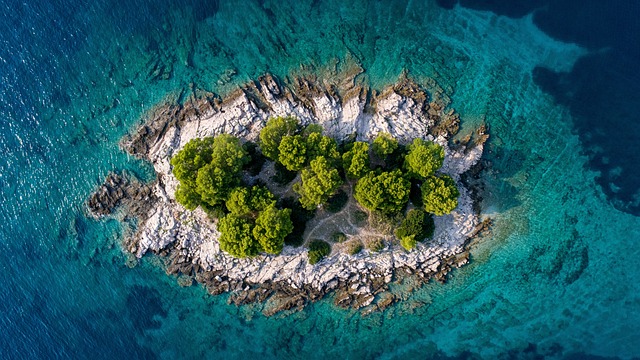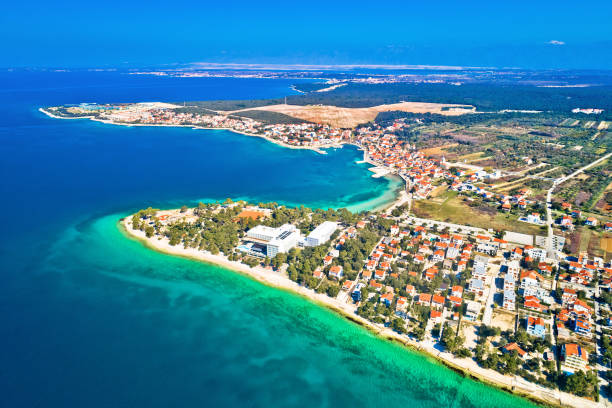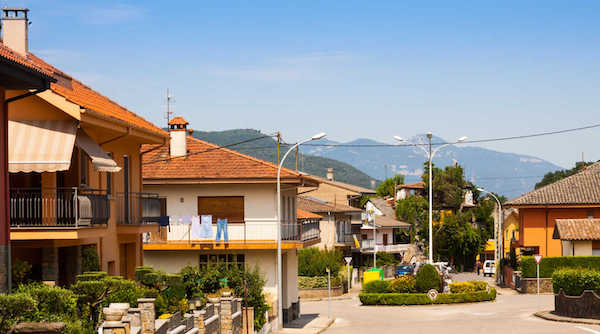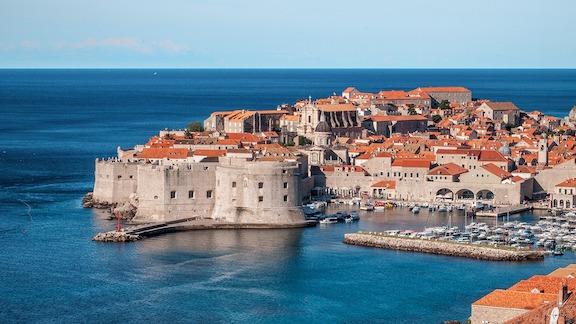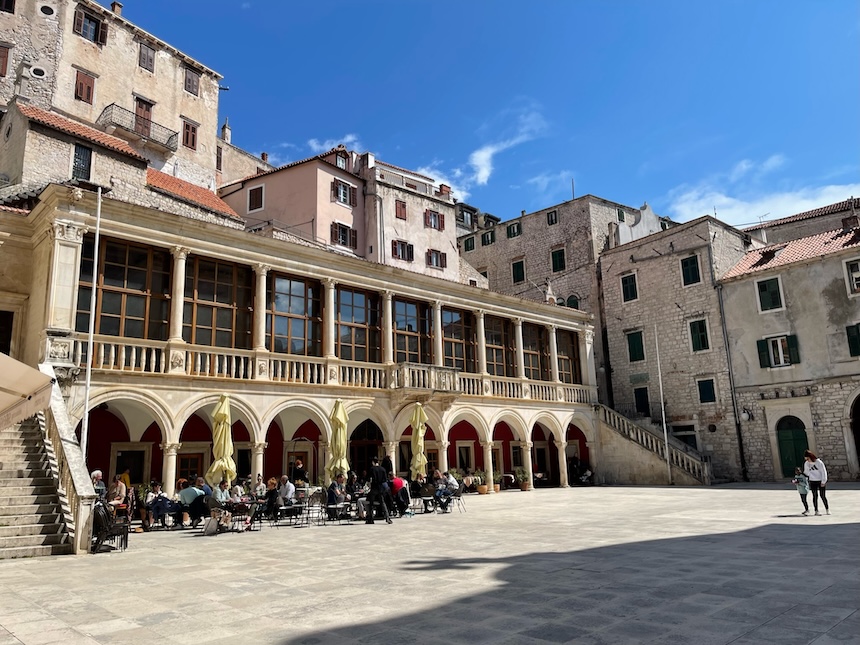
References to the interweaving of cultures date back to the time of the Romans and continue to the present day. The influence of foreign cultures is particularly pronounced in the impressive cathedrals along the coast of the Adriatic Sea, where the direct impact of Venetian rule can be identified. If you venture into the inland of Croatia, you'll find Baroque buildings adorned with rich ornaments and expansive shapes.
In total, five architectural styles can be identified in Croatia, still evident in Croatian properties. The first period, dating back to the rule of Prince Branimir, belongs to the era of Romanesque architecture, heavily influenced by Byzantine culture, especially in Istria and Dalmatia. The Romanesque style remained popular until the 16th century, as seen, for example, in the Church of St. Anastasia in Zadar or the Church of St. Cross in Nin with captivating sundials.
Gothic style carries strong traces of Venetian rule, especially in churches and exhibition residences. The Cathedral of St. Mark in Korčula is a significant example where Romanesque elements are evident, especially in the bell towers. The third influencing style is the Renaissance, which flourished in areas untouched by Turkish rule. In Dubrovnik, you can admire the Sponza Palace from 1312, which underwent later mild modifications.
Baroque, dating back to the time of the establishment of Christianity in Croatia in the 17th century, left significant monuments, such as the magnificent Vojkovič-Oršic Palace, now the museum of Croatian history. Its rich decoration and columns adorned with ornamental elements are remarkable. The last architectural style is modernism, which began to emerge in the late 19th century, with Zagreb becoming a cultural center where you can admire a neorenaissance museum.
On the coast of Croatia, especially in the region of Istria, stone houses occupy a significant place. These properties are widely sought after for their charm of traditional Mediterranean architecture. These traditional houses are the result of a combination of local building traditions and the specificities of the regional climate. Stone houses in Istria are known for their resilience and ability to adapt to changing weather conditions. Their massive structure helps maintain a pleasant temperature in hot summer months and provides warmth in cooler periods.









